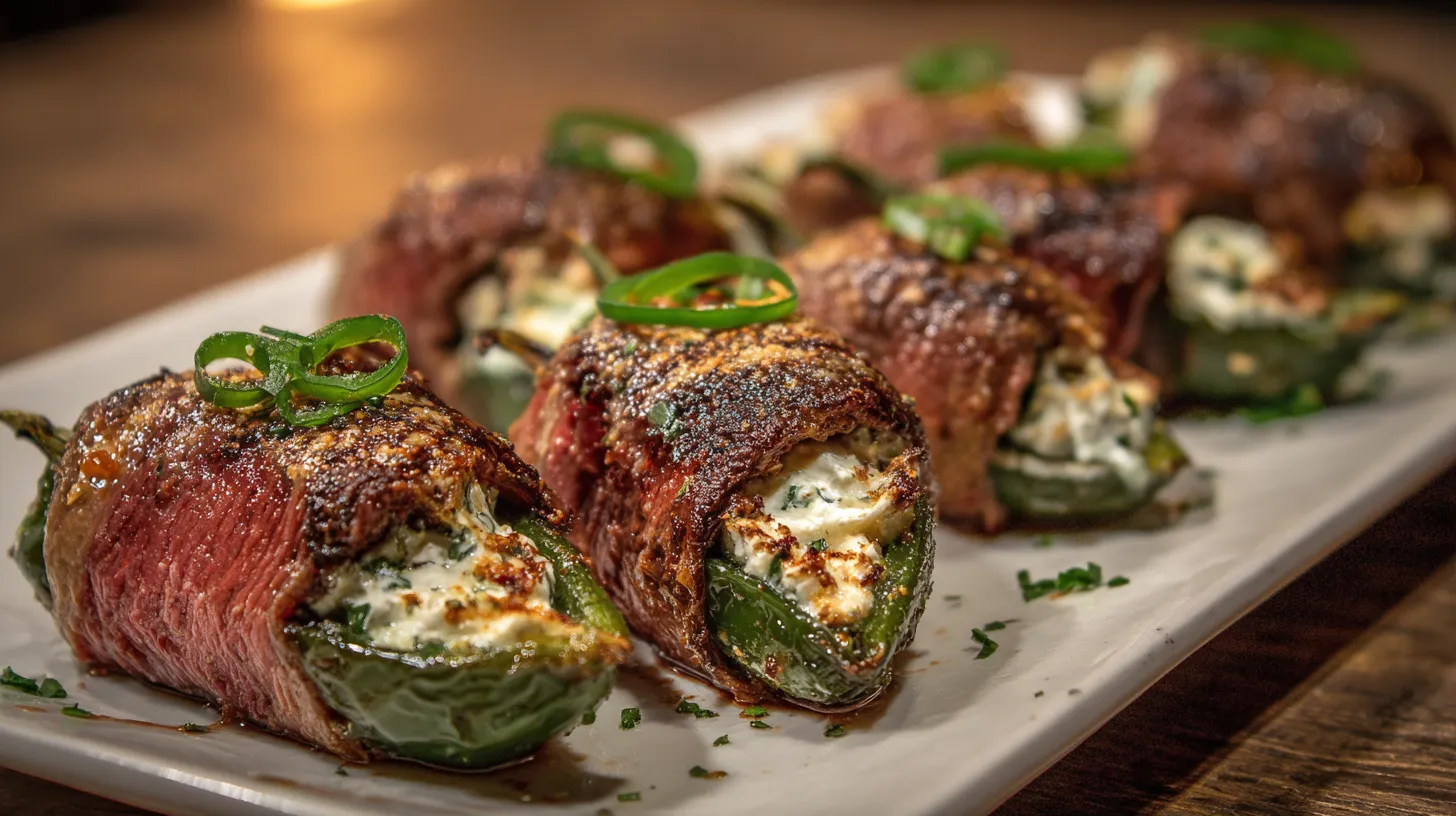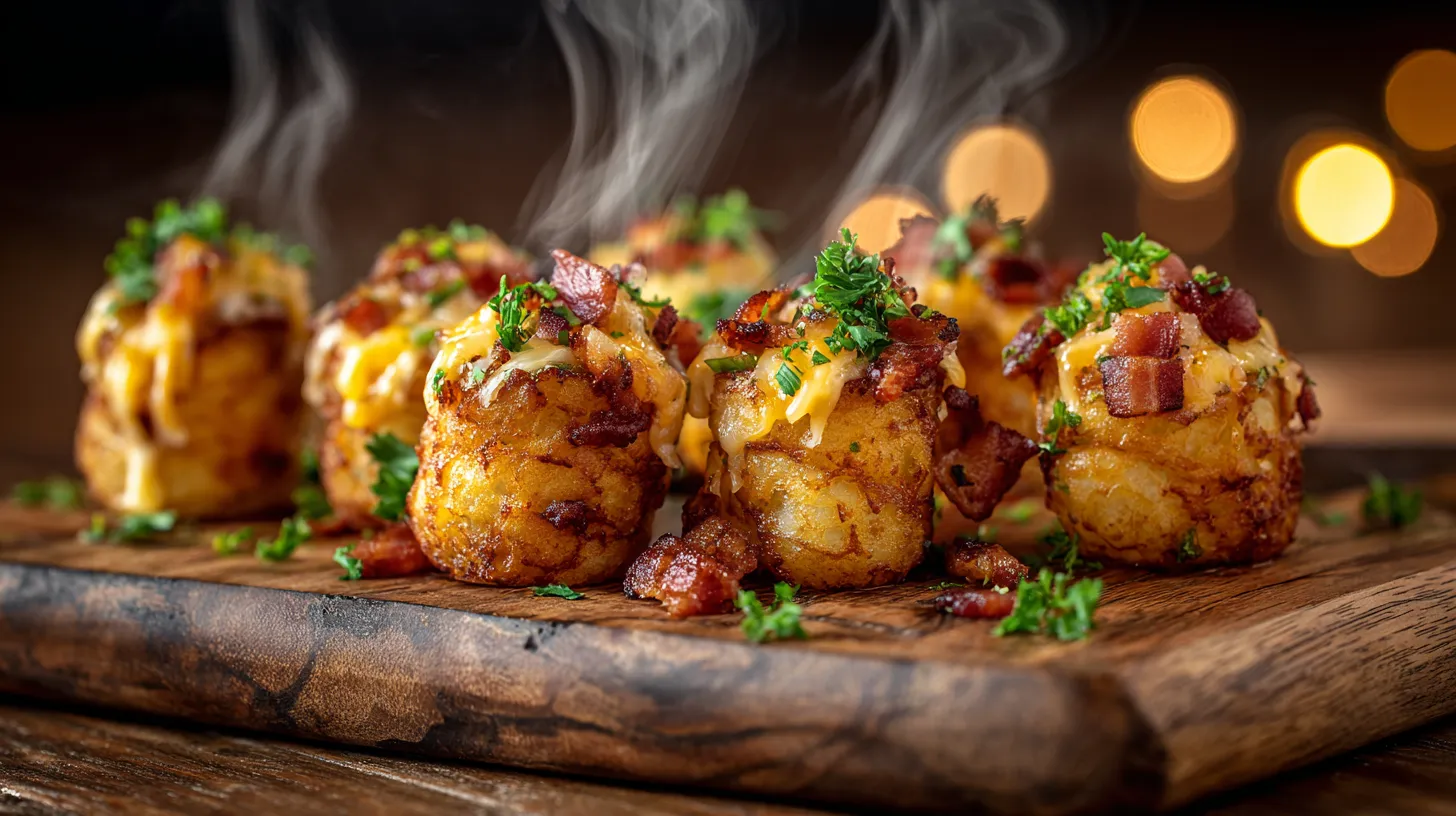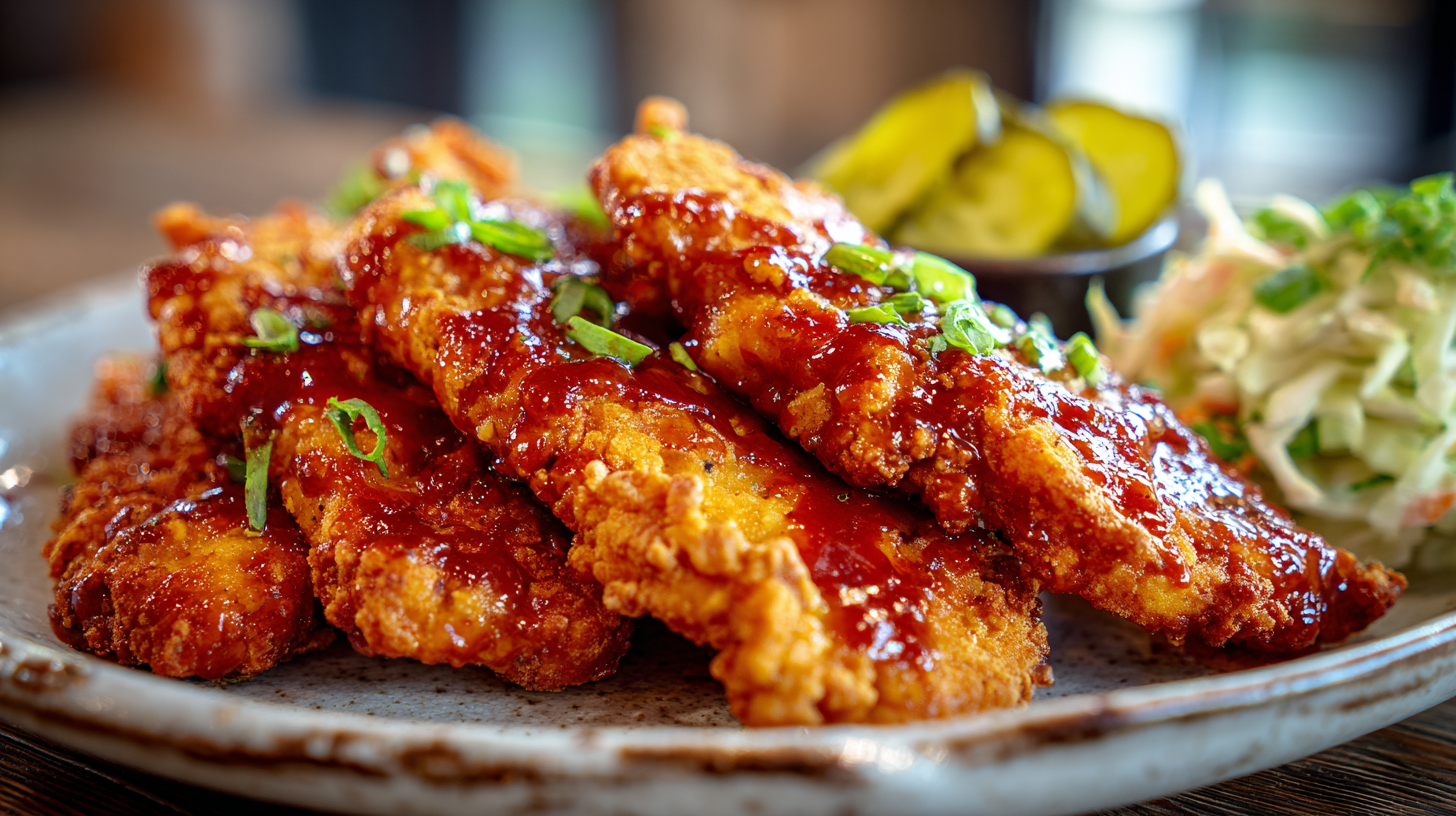Dill pickles are a classic snack that delivers a crunchy, tangy bite with each taste. Whether you’re a fan of spicy pickles or love the traditional crisp dill flavor, getting the right blend of dill pickle spices is key to making the perfect pickles. This guide will teach you all about dill pickle spices, how to use them effectively, and how to make your own delicious batch at home.
What Makes Dill Pickles So Good?
The magic of dill pickles lies in the combination of flavorful spices, a perfect brine, and fresh cucumbers. With the right blend, you can make pickles that are either spicy or just classic and crisp. Here are the key ingredients you need:
- Dill: Fresh or dried dill is essential for the flavor. It’s what gives dill pickles their name and that familiar taste.
- Vinegar: Usually white vinegar or distilled vinegar is used to give that tart, sour kick.
- Salt: Kosher salt or sea salt is best for pickling.
- Garlic: A few garlic cloves add depth and a bit of bite.
- Mustard Seeds: These add a subtle tang and a hint of warmth.
- Peppercorns: Black peppercorns add a little spice without overwhelming heat.
You can also add other spices to make your pickles even more flavorful. Some people love adding coriander, bay leaves, or even a bit of cayenne for a zesty heat.
Common Dill Pickle Spices
Below is a list of common spices you can use to make delicious dill pickles. You can mix and match based on your taste preference.
| Spice | Flavor Profile |
|---|---|
| Dill Seeds | Earthy, grassy, classic dill |
| Garlic | Pungent, adds a bold taste |
| Mustard Seeds | Mildly spicy, tangy |
| Peppercorns | Warm, slightly spicy |
| Coriander Seeds | Citrus-like, bright |
| Bay Leaves | Aromatic, slightly bitter |
| Cayenne Pepper | Hot, spicy kick |
| Allspice | Sweet, peppery undertones |
| Fennel Seeds | Sweet, slightly licorice-like |
Step-by-Step Dill Pickle Recipe
Ready to make your own dill pickles? Follow these simple steps to make a batch that’s bursting with flavor and crunch.
Ingredients
- 2 pounds pickling cucumbers (or Persian cucumbers)
- 4 cups white vinegar
- 4 cups water
- 4 tablespoons kosher salt
- 4 cloves garlic, halved
- 2 tablespoons mustard seeds
- 1 tablespoon peppercorns
- 2 teaspoons coriander seeds
- 4 sprigs fresh dill
- 2 bay leaves
- Optional: 1 teaspoon cayenne pepper for a spicy kick
Instructions
- Prepare the Cucumbers: Wash the cucumbers thoroughly. You can slice them into spears, chips, or leave them whole.
- Make the Brine: In a nonreactive saucepan, combine vinegar, water, and kosher salt. Bring to a boil, then remove from heat and let it cool to room temperature.
- Pack the Jars: Place garlic, mustard seeds, peppercorns, coriander seeds, dill sprigs, and bay leaves into sterilized jars. Then pack the cucumbers in tightly.
- Add the Brine: Pour the cooled brine over the cucumbers, making sure they are completely covered. Leave about 1/2 inch of headspace at the top of each jar.
- Seal the Jars: Use a clean lid and ring to seal each jar. Make sure it’s not too tight—just enough to hold in place.
- Process the Jars: For canning, place the jars in a water bath and process for 10 minutes. If you’re making refrigerator pickles, skip this step.
- Cool and Store: Allow the jars to cool on a towel-lined surface. Store them in a cool, dark place for at least 2 weeks before eating for the best flavor. If you’re making refrigerator pickles, put them in the fridge and let them sit for 2-3 days before tasting.
- Label Your Jars: It’s a good idea to label your jars with the date you made them. This way, you’ll always know how long they’ve been pickling. Homemade pickles can last up to a year when stored properly, but they are usually best within the first 6 months for optimal crunch and flavor.
Tips for Crunchy Pickles
Nobody likes a soggy pickle. Here are some ways to keep your dill pickles crunchy and fresh:
- Use fresh cucumbers. The fresher the cucumber, the crunchier the pickle.
- Add a few grape leaves, oak leaves, or black tea to the jar. These contain tannins that help keep the pickles crisp.
- Don’t over-process in the water bath. Too much heat can make the pickles soft.
- Use pickle crisp (calcium chloride) to maintain crunchiness.
- Trim the Blossom End: The blossom end of a cucumber contains enzymes that can soften your pickles. Be sure to trim this end off before pickling to help keep your pickles crunchy.
- Ice Bath Soak: Before pickling, soak your cucumbers in an ice bath for 2 hours. This helps firm up the cucumbers and gives a better crunch.
- Avoid Overcrowding: When packing the cucumbers in jars, make sure they are snug but not too crowded. Overcrowding can lead to uneven brining, which affects crunchiness.
Popular Dill Pickle Variations
There are many ways to add a twist to your classic dill pickles. Here are a few popular variations you might want to try:
Spicy Dill Pickles
If you love heat, add extra cayenne pepper, red chili flakes, or even a sliced hot pepper like a jalapeño. This will give your pickles a spicy kick that’s perfect for those who love some extra zesty heat.
To make it even spicier, try adding a mix of different hot peppers like serranos or habaneros. The mix of peppers will give your pickles a unique and complex heat profile that can be quite addictive. You can also experiment with adding smoked paprika for a smoky kick that adds depth to the heat.
Garlic Lovers’ Dill Pickles
If you can’t get enough garlic, add a few extra cloves. You can even slice the garlic in half to release more flavor. This makes a pickle that’s bold and perfect for garlic fans.
For an even stronger garlic flavor, try roasting the garlic before adding it to the jar. Roasting gives the garlic a sweet, caramelized taste that pairs wonderfully with the tangy brine. You can also try adding black garlic for a unique, sweet-savory twist that will make your pickles stand out.
Bread and Butter Pickles
For a sweeter pickle, try making bread and butter pickles. These aren’t exactly dill pickles, but they’re a delicious cousin. You’ll need cane sugar and apple cider vinegar to get that sweet, tangy flavor.
Add a few thinly sliced onions and a pinch of turmeric for that classic bread and butter pickle taste. These pickles are perfect for adding to burgers or eating straight out of the jar. You could also add sliced bell peppers to make them even more colorful and flavorful.
Fermented Dill Pickle Spices
If you love the taste of lacto-fermentation, try making fermented dill pickles. Instead of using vinegar, let the cucumbers sit in a salty brine for a few weeks. This method creates a complex flavor that’s more mellow and probiotic-rich, similar to kimchi or Japanese tsukemono.
Fermented pickles also offer health benefits since they contain probiotics that are great for gut health. Just be sure to use a fermentation weight to keep the cucumbers submerged, and store the jar in a cool, dark place to allow the natural fermentation process to work its magic.
For added flavor, you can include horseradish root or grated ginger in the brine to give your fermented pickles an unexpected zing that complements their natural tang.
Dill Pickle Chips
For a quick and easy snack, try making dill pickle chips. Slice the cucumbers into thin rounds before pickling. These pickle chips are perfect for snacking or adding to sandwiches and burgers.
To add extra crunch, use pickle crisp or add a few tannin-rich leaves like grape leaves to the jar. This will keep your pickle chips snappy and satisfying. You can also experiment with sweet and spicy pickle chips by adding honey and a pinch of red pepper flakes to the brine.
Dill Pickle Spices Uses
Dill pickles aren’t just for snacking! Here are some fun ways to use your homemade pickles:
- Sandwich Topping: Add a few pickle chips to a sandwich for a crunchy, tangy bite.
- Burger Companion: Dill pickles are a classic on burgers, adding both texture and acidity.
- Salads: Chop up pickles and add them to potato salad or coleslaw for a burst of flavor.
- Pickle Juice: Don’t throw away the brine! Use it in salad dressings or even to marinate chicken.
- Bloody Mary Garnish: A dill pickle spear makes a great garnish for a Bloody Mary cocktail.
- Tartar Sauce: Finely chop dill pickles and mix them into tartar sauce for an extra tangy dip.
- Deviled Eggs: Add chopped dill pickles to your deviled egg mixture for a unique twist.
- Pickle Dip: Blend cream cheese, sour cream, and finely chopped dill pickles to make a creamy, tangy dip perfect for chips or veggies.
- Pickle-Brined Fried Chicken: Use pickle brine to marinate chicken before frying. The acidity helps tenderize the meat and adds incredible flavor.
- Grilled Cheese Addition: Add a few thin slices of dill pickles to a grilled cheese sandwich for a tangy twist that pairs perfectly with melted cheese.
Storing Your Dill Pickle Spices
How you store your dill pickles depends on the method you used to make them:
- Canned Pickles: Store in a cool, dark place like a pantry. Once opened, keep in the refrigerator.
- Refrigerator Pickles: Always keep these in the fridge. They’re best eaten within 1-2 months.
For both methods, always check the seal before eating. If the lid pops up and down when pressed, the seal is not intact, and the pickles should be refrigerated and eaten soon.
If you’ve made fermented pickles, they should be stored in a cool, dark place during fermentation and then moved to the refrigerator once they reach the desired level of tanginess. Fermented pickles will continue to develop flavor over time but should be eaten within 6 months for the best texture.
Troubleshooting Common Pickle Problems
Making pickles isn’t hard, but sometimes things can go wrong. Here’s how to handle common pickle issues:
| Problem | Solution |
| Pickles Too Soft | Use pickle crisp or add tannin-rich leaves. Avoid over-processing. |
| Brine Too Cloudy | Make sure you’re using non-iodized salt and fresh ingredients. |
| Pickles Too Salty | Reduce the salt in your next batch or soak cucumbers in water before pickling. |
| Jar Didn’t Seal | Check lids for proper sealing. Store unsealed jars in the refrigerator. |
| Pickles Float | Pack cucumbers tightly and use a fermentation weight if fermenting. |
| Brine Leaking | Make sure there is enough headspace and that the jars are sealed properly. Tighten the rings just enough to hold in place, not too tight. |
| Pickles Lack Flavor | Increase the spices in your next batch. Be sure to allow enough time for the flavors to develop. Let jars sit for at least two weeks before tasting. |
Frequently Asked Questions
What Kind of Cucumbers Should I Use?
The best cucumbers for pickling are pickling cucumbers or Persian cucumbers. These varieties are smaller and have fewer seeds, which helps keep your pickles crunchy. Kirby cucumbers are also a great choice because of their firm texture and thin skin.
For larger pickles, you can use English cucumbers, but be sure to slice them lengthwise or into spears to ensure even pickling. Always choose cucumbers that are firm and free of blemishes for the best results.
Can I Use Table Salt for Pickling?
It’s best to use kosher salt or sea salt for pickling. Table salt has additives that can make the brine cloudy and affect the taste of your pickles. Using pickling salt is another great option, as it dissolves easily and doesn’t contain additives.
If you must use table salt, use it sparingly and be aware that it may lead to a different texture and appearance. Always ensure the salt you use is free of iodine, as iodine can lead to discoloration.
How Long Should I Wait Before Eating My Pickles?
For the best flavor, let your pickles sit for at least 2 weeks after canning. If you’re making refrigerator pickles, wait about 2-3 days before eating. The longer you wait, the more developed the flavors will be.
Why Are My Pickles Not Crunchy?
Crunchy pickles depend on fresh cucumbers and the right method. Be sure to use tannins (like grape leaves) or pickle crisp to help preserve texture. Also, avoid over-processing in the water bath, and try soaking your cucumbers in an ice bath before pickling.
Can I Reuse Pickle Brine?
You can reuse pickle brine once or twice to make a second batch of refrigerator pickles. However, the brine will lose some of its potency with each use, and it’s important to make sure it’s still flavorful enough. Avoid reusing brine for canning, as it may not have the correct acidity level to safely preserve the pickles.
You can also use leftover brine in cooking—add it to salad dressings, potato salad, or even as a marinade for meats to make use of every last drop of that tasty brine.
Final Thoughts on Dill Pickle Spices
Making dill pickle spices at home is fun, rewarding, and gives you control over your ingredients. Experimenting with different dill pickle spices allows you to create flavors that are uniquely yours. Whether you prefer them spicy, garlicky, or classically tangy, you can make the perfect pickle with just a few simple steps.
Plus, making your own pickles gives you control over the ingredients, so you can avoid any unwanted additives and create a healthier snack. It’s also a great way to use up an abundance of garden cucumbers during the harvest season.
There’s something incredibly satisfying about popping open a jar of pickles that you made yourself. You can feel the crispness as you bite into a perfectly brined cucumber, knowing that you took the time and care to create something delicious.
So, gather your jars, pick your cucumbers, and start pickling! You’ll be surprised at just how easy and satisfying it is to make your own pickles. Share your creations with friends and family, and experiment with new flavors to find your perfect pickle recipe.
What kind of dill pickle spices will you make next? Share your thoughts, tips, and recipes, and let’s keep the pickle conversation going!








